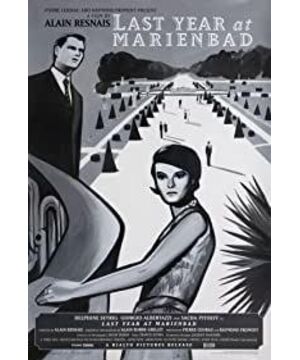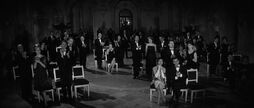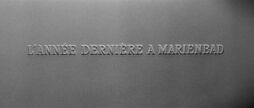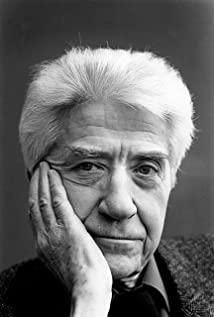which angle you look at it, this film is quite boring. From beginning to end, it is crowded with French-style mysteries and
ignorance. Fans who don’t like this type of movie can bypass it and don’t waste 88 Minutes of good
times. However, for audiences who are used to the slow-paced narrative style of European films, the film has its own unique
charm.
The film opens with a 5-minute set of ambient shots in which the camera travels inside a
baroque castle. Walk through long corridors, sweep over ornate ceilings, pass Italian-style
colonnades , and glide through delicate interiors.
Annotated by a voice-over of a boy with a strong Italian accent , the camera takes us to a dramatic theater, and the story begins.
This film stylized almost all the characters in the close-up shots as statue-like existences.
They have no movement, no expression, no movement. They just exist in front of the camera and
speak out extremely written French lines without change. . It is precisely because of this design that the film has the opportunity to
complete the legendary film composition. The characters who are almost completely motionless in the close-up shots can often smoothly
occupy the golden section point in the true geometric sense of the picture, making the picture a strong sense of order.
In order to make up for the visual monotony caused by the lack of movement, the photographer uses a lot of mirrors to frame the scene
to emphasize the layering of the space. In scenes without dialogue, the movement of the camera itself is always maintained
, or the movement of the characters in different dimensions is used in the picture. , suggesting
the existence of three-dimensional space as much as possible.
Delicate black-and-white photography is also on display in this film, with large shadows setting off soft and
bright highlights, silhouettes of characters caused by side lighting, and negative-like effects caused by strong front lighting.
image. To a certain extent, the aesthetic achievements of photography make up for
the anxiety caused by the complexity of the story itself.
And all this means is to tell a story in Marienbad last year.
A man named X met a woman named A, he said they knew each other, he said they fell in love in Marienbad
last year , he said they agreed to run away together today. But she did
n't remember at all.
This is a story about forgetting and remembering. Last year when the lake froze,
or early summer last year; last year in Marienbad, or not in Marienbad. The man firmly
recalled every detail, including her hearty laughter, her
left hand the photo of her smiling brightly. But she was completely unimpressed.
Yes, last year in Marienbad, the bloated dust on the grass beat the
afterglow , who still remembers such a love.
The movie jumps back and forth between reality and memory and imagination, and the frozen images give me
a sense of alienation in space and time. Even I started to be confused, maybe everything was a
dream, maybe they never met in a small Czech town called Marienbad, maybe such a love really happened
last summer.
In the films of Alain Resnais, the truth never matters, the composition of the form is
the style of the film. It is not so much that a man is helping a woman recall a love she has forgotten, it is better that a man
is telling his own dreams. The woman began to imagine whether she really had such a
love. Finally, the twelve strokes of midnight struck, and men and women were lost together in
the glamorous morning sun of Marienbad. It doesn't matter if the plot is reality or a dream, what matters is life
Life itself is like that cunning game of X, we can never win, but we can at least
imagine .
View more about Last Year at Marienbad reviews










